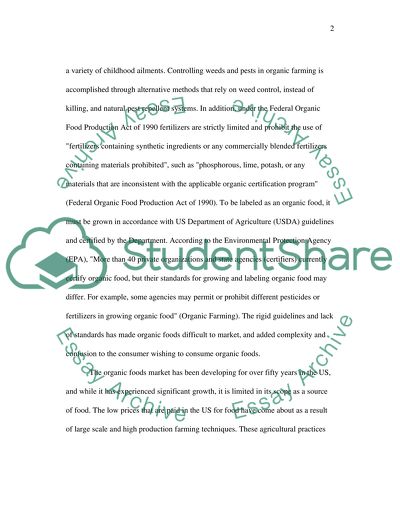Cite this document
(“Certified Organic, Fair Trade, and Civic Agriculture Essay”, n.d.)
Certified Organic, Fair Trade, and Civic Agriculture Essay. Retrieved from https://studentshare.org/miscellaneous/1520680-certified-organic-fair-trade-and-civic-agriculture
Certified Organic, Fair Trade, and Civic Agriculture Essay. Retrieved from https://studentshare.org/miscellaneous/1520680-certified-organic-fair-trade-and-civic-agriculture
(Certified Organic, Fair Trade, and Civic Agriculture Essay)
Certified Organic, Fair Trade, and Civic Agriculture Essay. https://studentshare.org/miscellaneous/1520680-certified-organic-fair-trade-and-civic-agriculture.
Certified Organic, Fair Trade, and Civic Agriculture Essay. https://studentshare.org/miscellaneous/1520680-certified-organic-fair-trade-and-civic-agriculture.
“Certified Organic, Fair Trade, and Civic Agriculture Essay”, n.d. https://studentshare.org/miscellaneous/1520680-certified-organic-fair-trade-and-civic-agriculture.


